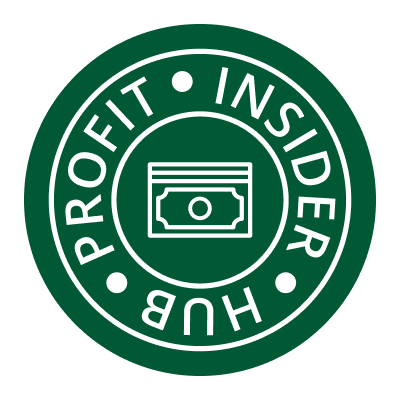(NewsNation) — The Food and Drug Administration launched a crackdown on misleading pharmaceutical advertising Tuesday, sending thousands of warning letters and approximately 100 cease-and-desist letters to drug companies.
The FDA will also initiate rulemaking to eliminate the so-called “adequate provision” loophole created in 1997, which allowed drug companies to provide only brief safety warnings in broadcast and digital advertisements while directing consumers to websites or phone numbers for complete risk information.
RFK Jr.’s ‘Make Our Children Healthy Again Strategy’ released
The enforcement action was announced alongside President Donald Trump’s signing of a presidential memorandum directing federal regulators to increase transparency requirements for prescription drug advertisements.
Trump signs action to strengthen prescription drug ad requirements
The memorandum instructs the Department of Health and Human Services to “ensure transparency and accuracy in direct-to-consumer prescription drug advertising” and directs the Food and Drug Administration to “enforce the Federal Food, Drug, and Cosmetic Act’s prescription drug advertising provisions.”
The document calls for increasing “the amount of information regarding any risks associated with the use of any such prescription drug required to be provided in prescription drug advertisements, to the extent permitted by applicable law.”
Tom Homan defends ICE arrests, slams JB Pritzker
“Pharmaceutical ads hooked this country on prescription drugs,” Health and Human Services Secretary Robert F. Kennedy Jr. said. “We will shut down that pipeline of deception and require drug companies to disclose all critical safety facts in their advertising.”
Agency moves to close 1997 loophole allowing minimal safety disclosures
The crackdown comes as the FDA has scaled back enforcement in recent decades. The agency once sent more than 100 warning letters annually to pharmaceutical companies for misleading advertising, but sent only one in 2023 and zero in 2024, according to the FDA.
FDA Commissioner Marty Makary said the agency has been too permissive with misleading advertisements that distort doctor-patient relationships and increase demand for medications regardless of clinical need.
Drug companies spend up to 25% of their budgets on advertising, he noted in a press release.
A 2024 study found that while 100% of pharmaceutical social media posts highlight drug benefits, only 33% mention potential harms.
New alleged UAP video, powerful testimony emerge from House hearing
Additionally, 88% of advertisements for top-selling drugs are posted by individuals and organizations that fail to follow FDA guidelines requiring balanced information.
The regulatory changes will require drug companies to include full safety warnings, contraindications and common precautions directly in their advertisements, reversing the 1997 policy that allowed companies to provide abbreviated risk statements and refer consumers elsewhere for complete information.
Research cited by the administration shows direct-to-consumer advertising drove about 31% of the rise in U.S. drug spending since 1997. Patients who asked physicians for an advertised drug were about 17 times more likely to receive a prescription than those who didn’t ask, studies found.
Social media influencers to be monitored over paid promotions
The FDA said it is deploying artificial intelligence and other technology to monitor drug advertisements across all platforms, including social media where paid influencer promotions have blurred the lines between editorial content and pharmaceutical advertising.
Current law requires drug advertisements to present balanced information about risks and benefits, avoid exaggerating benefits, properly disclose financial relationships and include information about major side effects.
The president noted that while Congress gave the FDA authority to regulate prescription drug advertising in 1962, the agency’s requirements have “permitted drug companies to include less information, particularly in broadcast advertising” as drug manufacturer advertising has increased dramatically in recent decades.

